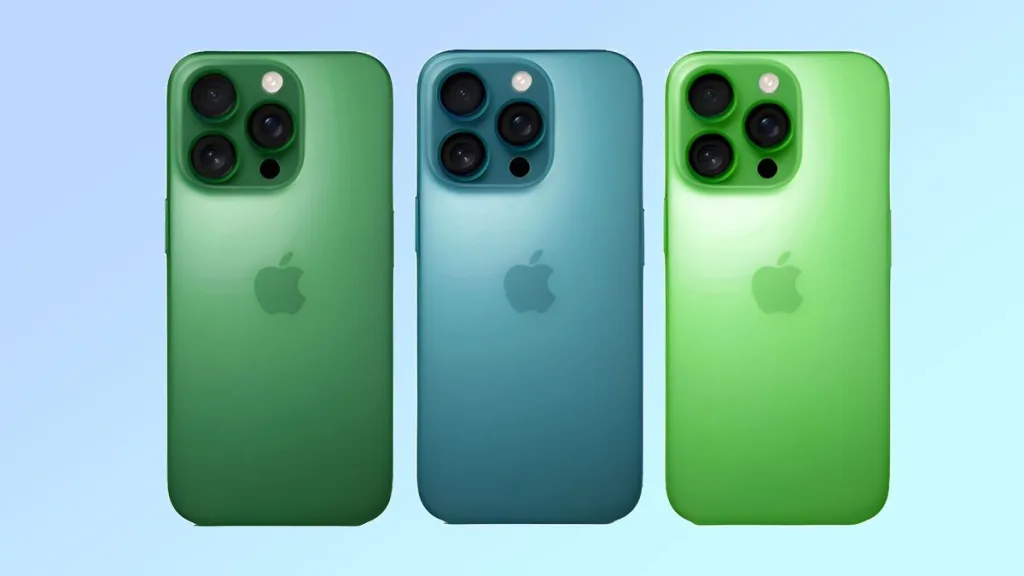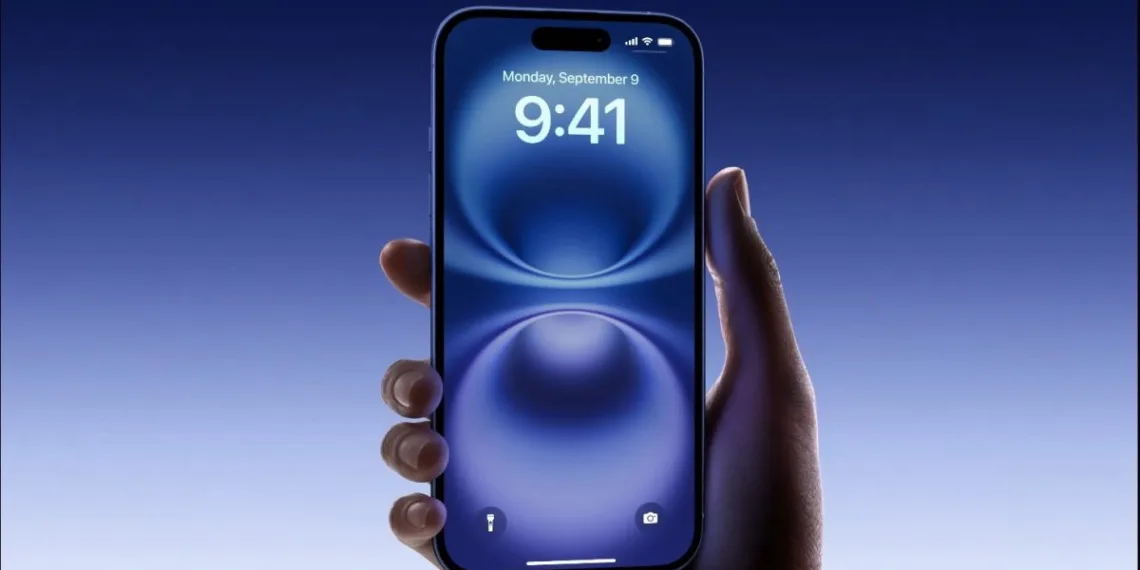Apple is making another bold move towards self-reliance. Reports indicate that the iPhone 17 lineup will debut Apple’s custom WiFi 7 chip, marking a significant shift away from Broadcom’s wireless technology. This transition aligns with Apple’s long-term strategy of designing in-house chips to enhance performance, reduce costs, and improve device synergy.
Table of Contents
Apple’s Custom WiFi 7 Chip: A Game-Changer for iPhone 17
Industry analyst Ming-Chi Kuo revealed on X (formerly Twitter) that Apple is set to replace Broadcom’s WiFi and Bluetooth chips with its proprietary solution across all iPhone 17 models. The move aims to “enhance connectivity across Apple devices” and optimize network performance. Previously, Kuo suggested Apple would gradually phase in custom WiFi chips over three years, but the latest reports suggest a more aggressive transition.
Another analyst, Jeff Pu, had earlier claimed that only the iPhone 17 Pro models would feature the WiFi 7 upgrade. However, new leaks suggest that Apple is equipping the entire iPhone 17 lineup with the latest wireless technology, possibly signaling a change in strategy.
Understanding WiFi 7: What It Means for iPhone 17 Users
WiFi 7 is the latest evolution in wireless networking, offering substantial improvements over previous versions. Here’s what users can expect:
- Tri-Band Support: Simultaneous use of 2.4GHz, 5GHz, and 6GHz bands for superior speed and reliability.
- Higher Data Transfer Rates: Faster wireless performance, ideal for streaming, gaming, and large file transfers.
- Lower Latency: Enhanced responsiveness for real-time applications like FaceTime, cloud gaming, and AR/VR experiences.
- Multi-Link Operation (MLO): Allows devices to transmit data over multiple frequency bands simultaneously, reducing congestion and improving efficiency.
- Better Network Efficiency: Higher throughput ensures multiple connected devices perform optimally without signal degradation.
However, to fully utilize WiFi 7, users will need compatible routers. Apple could potentially introduce its own WiFi 7 routers to complement the new chips, ensuring a seamless ecosystem experience across its devices.

Apple’s Growing Independence in Chip Development
Apple has been systematically reducing reliance on third-party suppliers. The company’s transition from Intel to its in-house M-series chips revolutionized Mac performance. Similarly, Apple recently unveiled the iPhone 16e, marking the start of its shift away from Qualcomm modems with its custom C1 chip.
Now, with the introduction of a proprietary WiFi 7 chip in the iPhone 17, Apple is setting the stage for an ecosystem that is even more tightly integrated. This move could further optimize battery efficiency, security, and network stability across all Apple devices.
Why is Apple Moving Away from Broadcom?
Apple’s decision to replace Broadcom’s WiFi chips is part of its broader strategy of bringing more technology in-house. There are several key reasons behind this shift:
- Cost Savings: Developing in-house chips reduces Apple’s reliance on external suppliers, cutting costs in the long run.
- Better Integration: Custom chips allow Apple to optimize performance specifically for its ecosystem, leading to better efficiency and reliability.
- Greater Control: Apple can directly manage chip production and reduce supply chain risks.
- Improved Security: Proprietary technology reduces vulnerabilities associated with third-party components, enhancing data security and encryption standards.
This move is reminiscent of Apple’s transition away from Intel processors to its own M1 and M2 chips, which dramatically improved performance and power efficiency in MacBooks and iPads.
How Will This Impact iPhone 17 Users?
For the average iPhone user, Apple’s custom WiFi 7 chip will offer tangible benefits:
- Faster Download & Upload Speeds: Ideal for streaming 4K/8K videos, high-speed file transfers, and lag-free video calls.
- Smoother Gaming Experience: Lower latency means less lag in competitive online gaming.
- Better Smart Home Integration: Improved connectivity across Apple HomeKit devices and IoT gadgets.
- Enhanced Battery Life: Apple’s chips are designed for efficiency, which could lead to lower power consumption compared to Broadcom’s solutions.

Potential Challenges and Drawbacks
While the shift to custom WiFi 7 chips is exciting, there are potential challenges:
- Compatibility Issues: Older Apple devices and third-party accessories may not immediately support WiFi 7.
- Initial Bugs & Performance Tweaks: As with any new hardware transition, early adopters may experience minor issues before software optimizations are fully rolled out.
- Limited Router Availability: Users will need WiFi 7-compatible routers to take full advantage of the speed improvements.
Apple is likely to address these concerns by providing seamless backward compatibility and software updates to ensure a smooth transition.
The Future of Apple’s Wireless Tech
While Apple won’t transition to custom wireless solutions overnight, this marks a significant step toward independence. With in-house modems and WiFi chips in development, future Apple devices could be completely free from third-party networking components within a few years.
Apple’s focus on integrating hardware and software has consistently set its products apart from competitors. By investing in custom wireless chips, Apple is reinforcing its position as an innovation leader in mobile technology.
As the iPhone 17 launch approaches, more details will emerge about Apple’s WiFi 7 implementation and its long-term impact. Stay tuned for further updates as Apple continues to redefine wireless performance and connectivity.
Final Thoughts: A New Era for Apple Connectivity
Apple’s decision to integrate a custom WiFi 7 chip into the iPhone 17 is a strategic move that extends beyond cost savings. It reflects the company’s long-term vision of creating a fully optimized, in-house technology stack, ensuring better performance, security, and seamless integration.
This transition will not only boost iPhone performance but also pave the way for smarter, faster, and more efficient wireless connectivity across Apple’s entire ecosystem. As Apple continues this journey toward self-sufficiency, the next few years could bring groundbreaking advancements in wireless technology, benefiting millions of users worldwide.
Stay tuned for more updates as Apple gears up for the iPhone 17 launch, and don’t forget to upgrade your WiFi setup to make the most of this next-gen connectivity!








